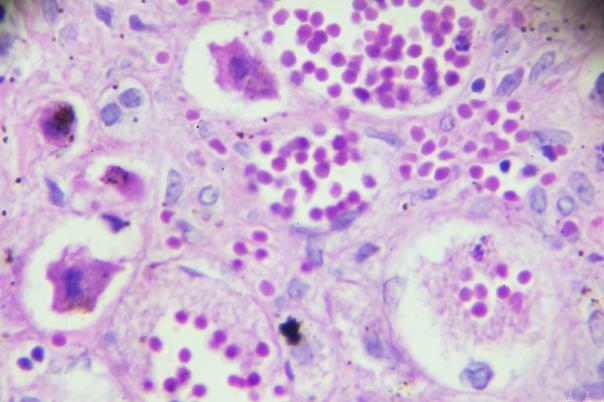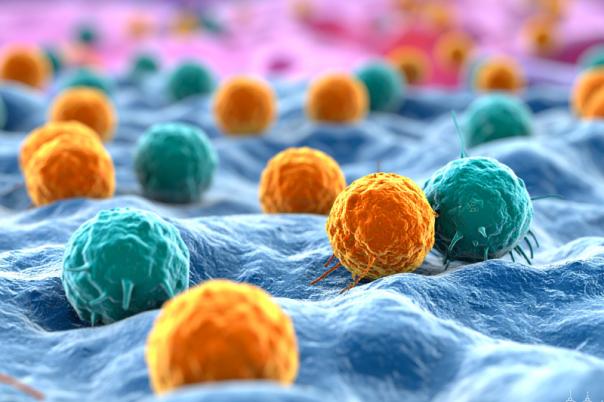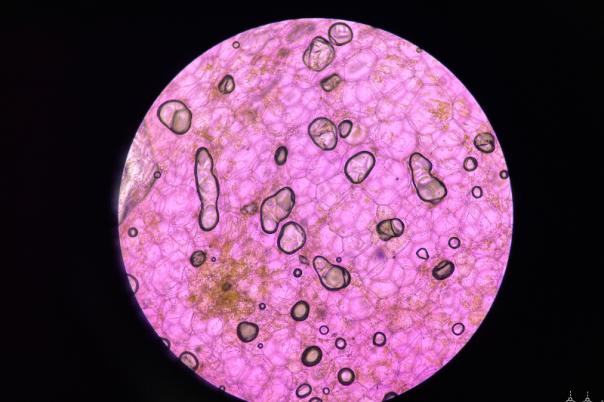The dorsolateral prefrontal cortex (DLPFC) is a brain region implicated in schizophrenia disorder, studied for decades due to its laminar structure and various cell types of interest. This made it a prime target for exploring spatial omics to study the transcriptome at specific locations. In this presentation Lei Li, Lead Bioinformatics Research Scientist Center for Applied Bioinformatics at St. Jude Children’s Research Hospital, outlines the work his team have conducted in interpreting high resolution spatial omics data.
In 2019, Li’s research team gained early access to Visium, a technology for measuring gene activity levels at different tissue locations. They tested this on DLPFC tissue from three different brain donors, generating spatially adjacent replicates to ensure technology stability.
The team observed significant differences between white matter and grey matter in the DLPFC, confirmed through a PCA plot. They shared their data using objects compatible with other analytical tools, which facilitated the development of spatially aware clustering methods.
Adapting methods for single-cell transcriptomic analysis posed challenges. The team used SpaceRanger for data processing and developed the Spatial IBD package for visualising and annotating data. They emphasised the need for manual inspection and quality control to address issues like tissue folds and outliers.
They implemented methods like Spot Sweeper to detect local outliers and address artefacts. The team also highlighted the importance of visualising spots outside the tissue to flag potential issues. Comparing data across studies helped in making informed decisions about sample quality.
Recently, the team began working with Visium HD, a sub-cellular technology providing data at various micron levels. They used tools like SEraster, nnSVG, and SpatialLIBD to identify spatially variable genes and tested clustering methods like MERINGUE, Banksy, and fixture. These methods helped in recovering detailed spatial data and identifying brain regions of interest.
The research underscores the importance of continuous adaptation and validation of methods for spatial omics analysis. Li emphasised learning in public and sharing results to advance the field.





